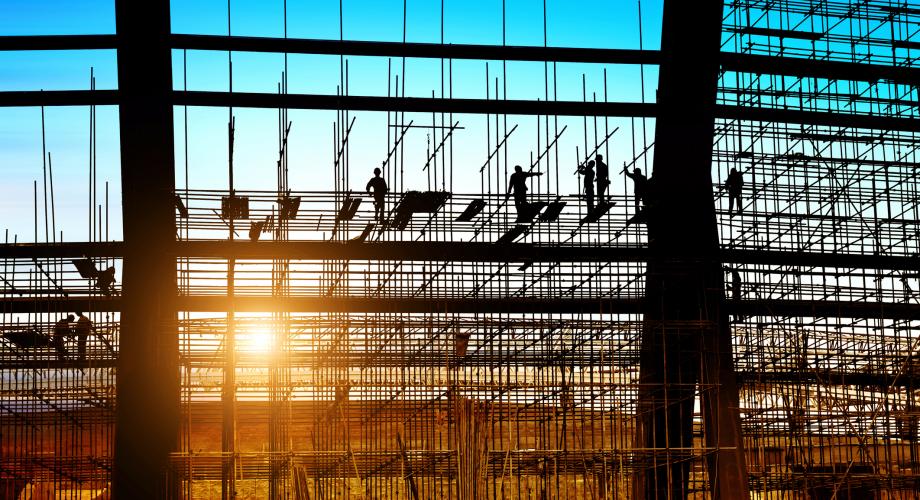Honolulu is the hardest city to add new apartments and New Orleans is the easiest, according to new research released yesterday and commissioned by the National Apartment Association (NAA) and National Multifamily Housing Council (NMHC). The research, conducted by Hoyt Advisory Services, examines and ranks 50 metro areas based on specific factors, including local regulations and the amount of available land to develop.
The ranking, called the Barriers to Apartment Construction Index, scores 50 metro areas along an index that goes up to 19.5 in the most difficult market to add apartments (Honolulu) all the way down to -5.9 in the easiest (New Orleans). While real estate is very project specific, any score above the median of 1.8 means that it is harder to add new apartments in a specific metro compared to other metros. Regardless of where each metro area ranks, the United States needs to build at least 4.6 million new apartments by 2030 to meet the expected increase in demand; otherwise the affordability problems that exist today will only get worse.
Yesterday NAA/NMHC also released Vision 2030, a set of recommendations for all levels of government on how to lower barriers to development and better address the current and future housing shortage of all types of apartments and at all price points. To add to the challenge of accommodating 4.6 million apartment households, as many as 11.7 million existing apartments could need to be renovated, or risk being lost from the stock.
The number of apartment renters is at an all-time high, and the growing demand for apartments is making it challenging for millions of families nationwide to find quality rental housing that is affordable at their income levels.
“While the number of new apartments built each year has been rising, it hasn’t been enough to meet current demand and make up for any possible shortfall at certain price points in the years following the recession. This imbalance between high demand and limited supply options has driven down affordability and reduced housing options for renters. Rents tend to be particularly high in areas with the greatest barriers to new development, such as California, where there’s a significant shortage in available land for building new apartment homes. This makes it more expensive to build,” said NAA Chair Cindy Clare, CPM.
To reach the goal of building 4.6 million apartments by 2030, government officials and private developers must come together to take action. NAA/NMHC are advocating for solutions at all levels of government that will help supply meet demand and reduce the cost of developing apartments.
The federal government can ensure sufficient funding of housing programs, enact a pro-housing tax policy, and reform regulations that unnecessarily increase housing costs.
State and local governments have a toolbox of approaches they can take to address the apartment shortage and help reduce the cost of housing. They can:
- Adopt local public policies and programs that harness the power of the private sector to make housing affordability more feasible.
- Increase public-private partnerships.
- Leverage the state-level authority to overcome obstacles to apartment construction.
- Collaborate with business and community leaders to promote apartments.
Hoyt’s study covers an estimate for future apartment demand in the United States, the 50 states and 50 metro areas including Washington, D.C. The study defines apartments as units in buildings containing five or more rental units. The data is available at www.weareapartments.org, a website jointly owned by NAA and NMHC.
Hardest Cities to Add Apartments
1. Honolulu
2. Boston
3. Baltimore
4. Miami
5. Memphis
6. Philadelphia
7. Seattle
8. San Francisco
9. Denver
10. New York
Easiest Cities to Add Apartments
1. New Orleans
2. Little Rock
3. Kansas City
4. Indianapolis
5. St. Louis
6. Cincinnati
7. Las Vegas
8. Charlotte
9. Charleston
10. Sioux Falls
